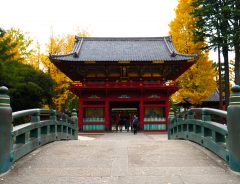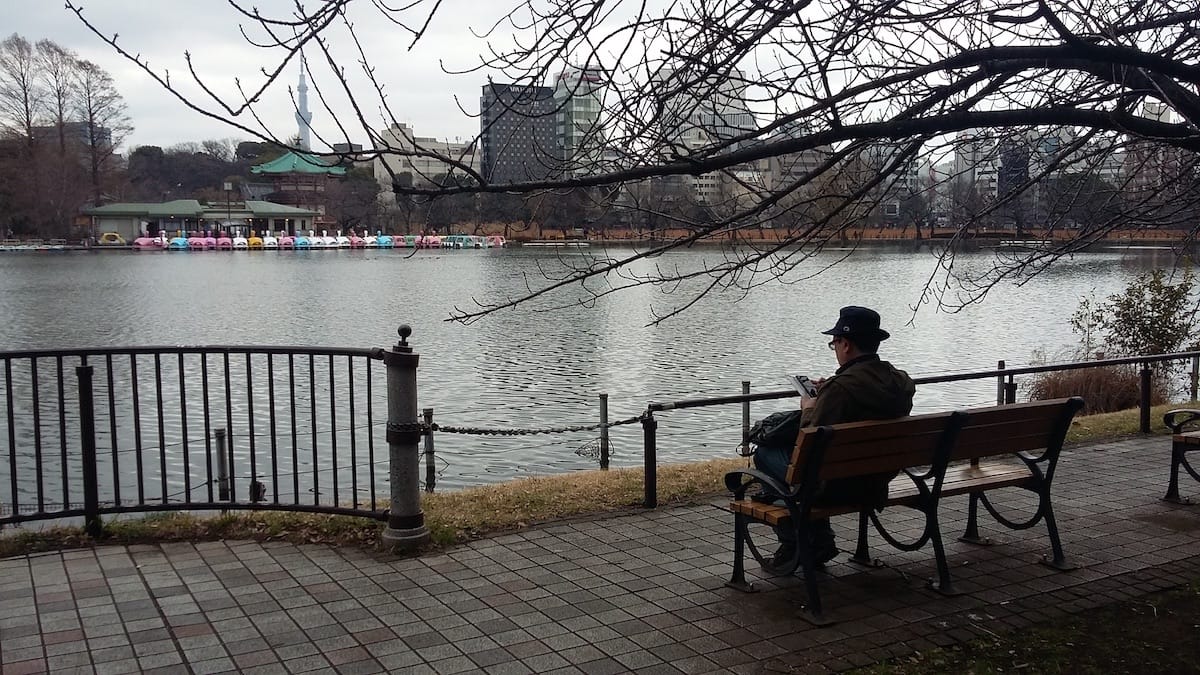- Tags:
- Shinobazu Pond / Ueno
Related Article
-

Nezu Shrine: One of Tokyo’s hidden gems
-

Tokyo hostel ingeniously offers open-dated “post-pandemic” pre-purchase plan
-

All-You-Can-Eat Fall Buffet Is Filled With Fragrant Matsutake Mushroom Dishes and Colorful Regional Vegetables
-

Coca Cola Releases Three New Regional Bottle Designs in Japan
-

Savor Prized Amaou Strawberries To Your Heart’s Content at Unique Sweets Buffet
-

Spending New Year 2020 in Tokyo? These Cute Mouse-Themed Sweets Make Great Gifts



Tokyo is one of the least green big cities in the world. Almost a third of the surface area of London is parks and gardens, but only 3% of Tokyo is covered by greenery. The lack of green space to roam makes Tokyo an especially draining city and makes the big parks of the city centre - Yoyogi, Shinjukugyoen and Ueno – all the more precious when you need to restore your batteries.
My favourite of the big parks is Ueno Park. It was once the grounds of Kaneiji, a huge complex of temples closely associated with the Tokugawa shoguns who ruled Japan between 1603 and 1868. They built the temples to guard Edo castle against the northeast, which was traditionally believed to be a source of misfortune.
Photo by George Lloyd
On the western edge of Ueno park is Shinobazu pond, which is all that remains of the marshes that covered much of the Low City, or Shitamachi, before the shoguns began their various land reclamation projects. In the summer months, much of the pond is covered with lotus flowers, which hide the water almost completely. But at any time of year, the combination of greenery and water, two of the elements most conducive to getting into a relaxed frame of mind, make Shinobazu a delightful place for a stroll.
Photo by George Lloyd
Shinobazu pond is divided into three sections: a lotus pond, a boating pond and a duck pond, the last of which lies within the grounds of Ueno Zoo. In the middle of the pond is a little island, on which stands Bentendo (弁天堂), a temple dedicated to the Buddhist goddess Benzaiten. This is a peaceful spot to enjoy a picnic and watch the alligator snapping turtles, a non-native species that have made themselves at home in the pond in recent years.
The goddess Benzaiten (弁財天) is believed to bestow luck with money, but she’s actually the goddess of everything that flows, be it money, water, time, music or words. In fact, the original kanji used in her name (辯才天) refer to her role as the goddess of eloquence. There aren’t many places where you’ll find poets and shopkeepers praying to the same goddess, but this is one of them.
Just west of Bentendo temple is the boating pond. The couples you see rowing around this part of the pond are heirs to a long tradition, for couples have been escaping to Shinobazu for some privacy since the Edo period. The boat rental business was started in 1939, but took a long break during WW2, when the entire pond was drained and turned into rice paddies to feed the population of the war-ravaged city.
Photo by George Lloyd
In the post-war years, Shinobazu pond became a haunt of the city’s homeless. In 2006, the area was cordoned off and the homeless sent packing, but you may come across a few stragglers, vestiges of a time when Tokyo was an altogether less scrubbed up kind of city: trannies drinking from tinnies at lunchtime; old men sorting through their collections of empty tin cans; salarimen and their ageing, cross dressing boyfriends, incongruously holding hands in the spring sunshine.
Photo by George Lloyd
I say ‘incongruous’, but I’m sure that they’d have felt right at home in the Shitamachi neighbourhoods of the Edo period, for as well as being less frenetic, Tokyo was rowdier and less closely managed in those days. You can find out more about life in those old neighbourhoods in the Shitamachi museum, which stands on the south eastern edge of the pond. In the autumn, when the lotus flowers die back and the greenery fades, it’s a nice place to lose yourself in the city’s history.